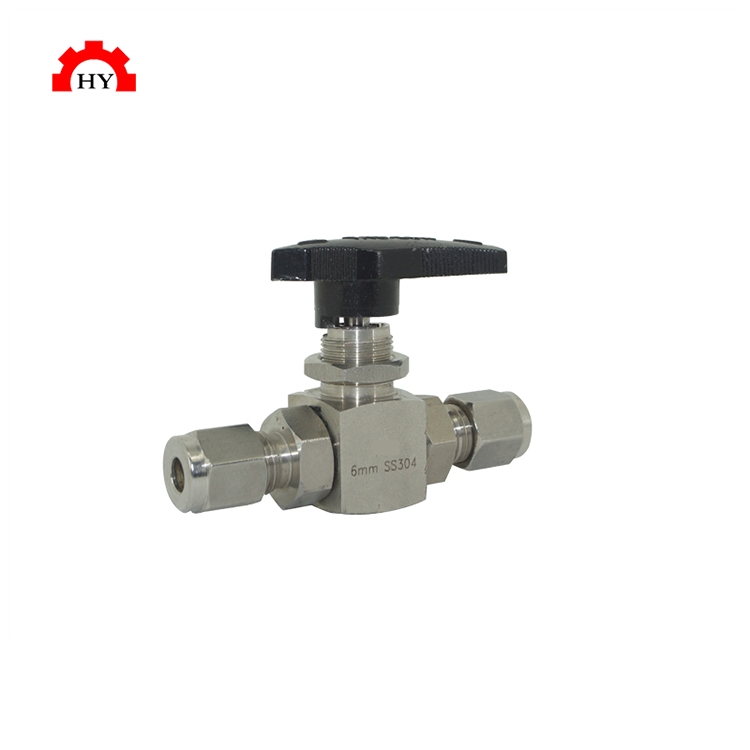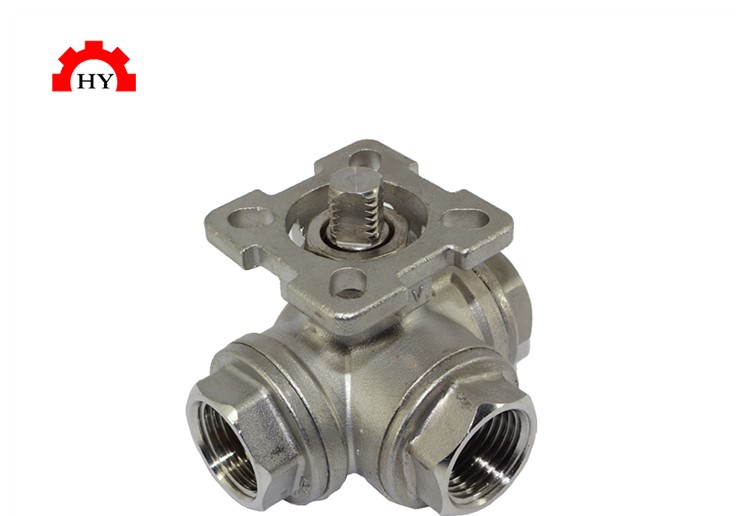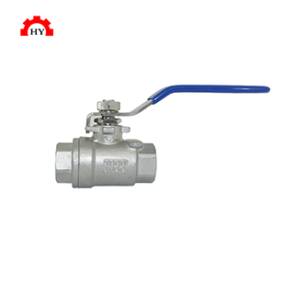The Ultimate Guide to Understanding and Choosing the Right Instrumentation Ball Valve
Instrumentation ball valves are crucial components in fluid control systems, offering reliability and precision. Whether you’re in the oil and gas, chemical, or manufacturing industry, selecting the right instrumentation ball valve is essential. This guide aims to provide comprehensive insights into understanding these valves and making informed choices.
Understanding Instrumentation Ball Valves
1.1 Definition:
Instrumentation ball valves are mechanical devices that use a spherical closure element to regulate the flow of fluids through a pipeline. They are known for their quarter-turn operation and quick, reliable shut-off capabilities.
1.2 Components:
Ball: Spherical component with a bore for fluid flow.
Seat: The sealing surface against which the ball seals.
Stem: Connects the actuator to the ball, facilitating rotation.
Actuator: Mechanism for opening and closing the valve.
Types of Instrumentation Ball Valves
2.1 Floating Ball Valves:
The ball is not fixed and floats, allowing it to move with the flow.
2.2 Trunnion Mounted Ball Valves:
The ball is fixed and supported at the top and bottom, reducing seat wear.
2.3 Three-Way and Multiport Ball Valves:
Three-way valves offer multiple flow paths, while multiport valves have more than two ports, enabling diverse flow configurations.
Key Considerations When Choosing Instrumentation Ball Valves
3.1 Material Selection:
Choose materials compatible with the fluid, considering corrosion resistance and durability.
3.2 Pressure and Temperature Ratings:
Ensure the valve can handle the specific pressure and temperature conditions of the application.
3.3 Size and Port Configuration:
Select the right valve size and port configuration based on flow requirements.
3.4 End Connections:
Consider the type of end connections (flanged, threaded, or welded) suitable for your system.
Applications of Instrumentation Ball Valves
4.1 Oil and Gas Industry:
Used in pipelines, wellheads, and refineries for precise fluid control.
4.2 Chemical Processing:
Ideal for handling corrosive chemicals due to their robust construction.
4.3 Manufacturing and Petrochemicals:
Suitable for high-pressure and high-temperature applications.
Advantages of Instrumentation Ball Valves
5.1 Quick Operation:
Quarter-turn operation allows for rapid response in opening and closing.
5.2 Reliability:
Tight sealing minimizes leakage, ensuring a reliable fluid control process.
5.3 Versatility:
Adaptable for use with various fluids, including gases and liquids.
Installation and Maintenance
6.1 Proper Installation:
Follow manufacturer guidelines and industry best practices during installation.
6.2 Regular Maintenance:
Perform routine inspections, lubrication, and replace worn components as needed.
Common Challenges and Solutions
7.1 Cavitation:
Address issues related to cavitation through proper valve sizing and design modifications.
7.2 Erosion:
Choose materials and coatings resistant to erosion, especially in high-velocity applications.
Industry Standards and Certifications
8.1 API, ANSI, and ISO Standards:
Ensure compliance with these standards for quality assurance.
8.2 ATEX and SIL Certifications:
Important for valves used in hazardous areas or safety-critical applications.
Emerging Trends in Instrumentation Ball Valve Technology
9.1 Smart Valve Technology:
Integration with sensors and automation for enhanced control and monitoring.
9.2 Materials Innovation:
Continued development of advanced materials for improved performance and longevity.
Conclusion
Understanding and choosing the right instrumentation ball valve require careful consideration of factors like materials, pressure ratings, and application requirements. Regular maintenance and adherence to industry standards contribute to optimal valve performance. Stay informed about emerging technologies to ensure your fluid control systems remain efficient and reliable. Always consult with industry experts and refer to Instrumentation Ball Valve manufacturer specifications for specific applications.




